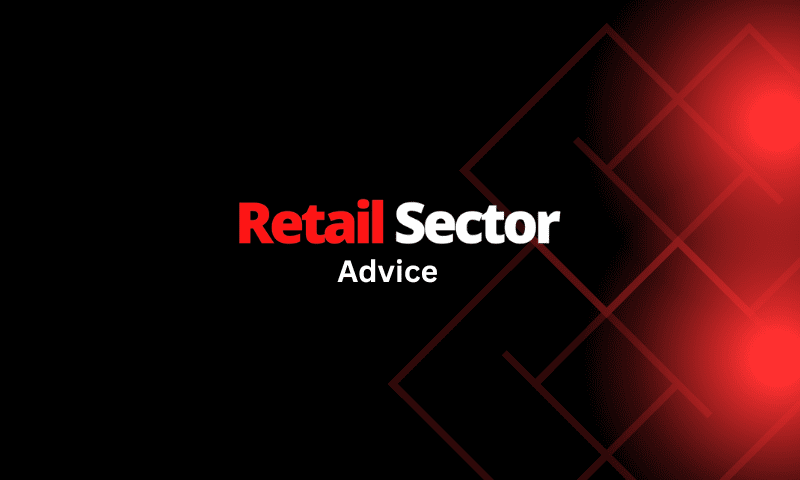A retailer’s guide to navigating economic downturns
Retail businesses often find themselves at the forefront of economic fluctuations. During periods of economic downturns, challenges like reduced consumer spending, increased competition, and supply chain disruptions can threaten the survival of retail establishments. However, with strategic planning and adaptability, retailers can not only weather these storms but also emerge stronger. This guide offers retailers a roadmap for navigating economic downturns.

1. Analyse and adjust inventory
Start by analysing your inventory. Identify slow-moving or non-essential products and consider reducing their quantities. Focus on essential items that customers are likely to continue purchasing even during tough times. Be cautious about overstocking to avoid tying up capital in excess inventory.
2. Enhance cost management
Efficient cost management is crucial during economic downturns. Review your expenses and identify areas where you can cut costs without compromising quality or customer experience. Negotiate with suppliers for better terms and explore opportunities to streamline operations.
3. Diversify product offerings
Consider diversifying your product offerings to meet changing consumer demands. Explore complementary product lines or services that align with your brand and customer base. Diversification can help mitigate risks associated with relying too heavily on a single product category.
4. Embrace e-commerce and omnichannel strategies
The shift to online shopping has accelerated during economic downturns. Invest in e-commerce capabilities and enhance your online presence. Implement an omnichannel strategy that seamlessly integrates online and offline shopping experiences, providing customers with flexibility and convenience.
5. Marketing and promotion
Maintain a strategic marketing presence even during economic challenges. Focus on cost-effective marketing channels, such as social media, email marketing, and content marketing, to reach and engage with your audience. Offer promotions and discounts to attract price-conscious consumers.
6. Customer loyalty
Retaining existing customers is often more cost-effective than acquiring new ones. Strengthen your customer loyalty programs and reward repeat business. Personalise offers and communication to make customers feel valued and connected to your brand.
7. Financial resilience
Build financial resilience by maintaining a cash reserve for emergencies. Consider securing a line of credit or additional financing options to help navigate challenging periods. Financial preparedness can provide a safety net during economic downturns.
8. Monitor and adapt
Stay informed about economic trends and consumer behavior. Continuously monitor key performance indicators (KPIs) to detect early signs of trouble. Be prepared to adapt your strategies and make swift decisions in response to changing circumstances.
9. Employee engagement
Engage and motivate your employees during challenging times. Their dedication and creativity can make a significant difference in finding innovative solutions to problems. Invest in training and development to enhance their skills and adaptability.
10. Customer communication
Transparent and empathetic communication with customers is vital. Address their concerns, provide updates on safety measures, and share any changes to your business operations. Clear communication can help maintain trust and customer loyalty.
11. Evaluate long-term sustainability
Use economic downturns as an opportunity to evaluate your long-term sustainability. Assess your business model, supply chain resilience, and the viability of your products or services. Consider making strategic investments that will position your business for growth when the economy recovers.



